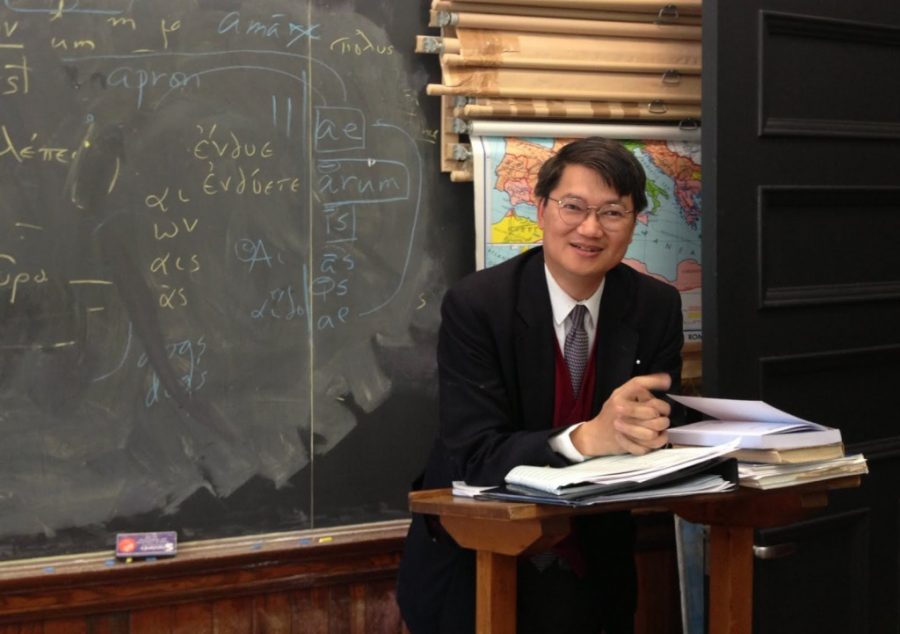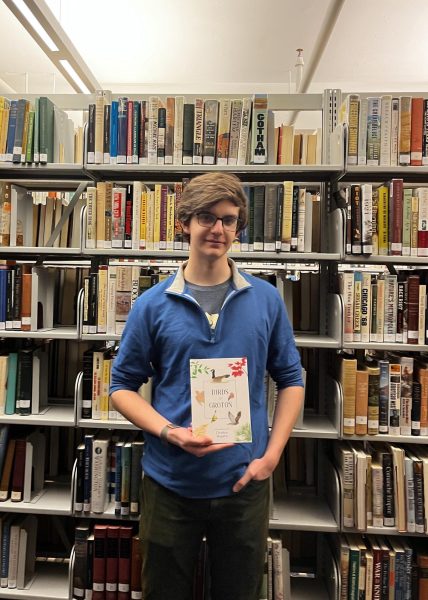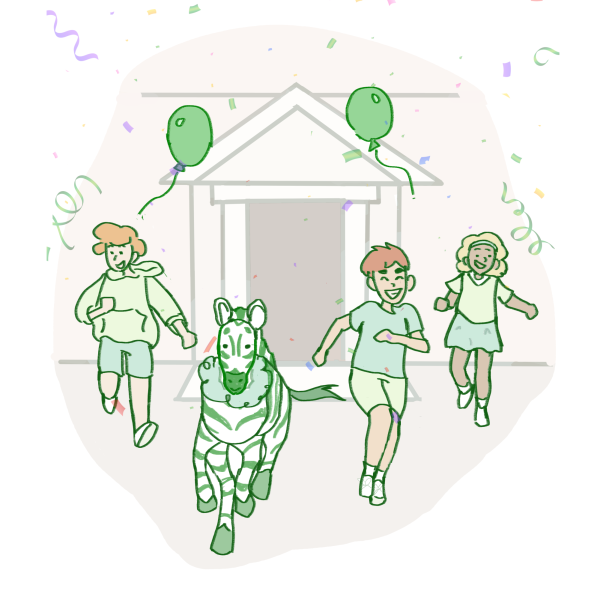Dr. Reyes: A Classic Figure with a Spontaneous Life
As Dr. Reyes prepares to retire from teaching at Groton, he looks forward to finishing up (and starting some new) exciting projects. He will work on finishing two manuscripts that he started with distinguished archeologist Judith McKenzie, continuing his work with C.S. Lewis’s writing, and many more projects that he has been working on for the past 20 years. He is also planning to catalog the “antiquities” in the display case outside of his classroom and acquire some more to “fill in some chronological gaps in our collection.” Lastly, he anticipates continuing his research associateship at the University of Oxford and hopes to see some Groton students as they become undergraduate and graduate students. Dr. Reyes reassures us that he will not “disappear off the face of the earth into terra incognita,” but rather we will likely see him on and off the Circle for many years to come.
How did you first get interested in classics? Did you discover classics when you were a student at Groton?
I didn’t really know much about classics before I got to Groton. Sadly, I left Groton and I did try to be an applied mathematics person at Harvard, and there was that C minus I think in the midterms that convinced me perhaps that this was not going to happen particularly happily. It was quite obvious once you get to college that there are people who think about numbers in ways that I will never be able to think about numbers. Having done that I moved into government and it was just not my sort of thing and that’s when I moved into classics, so you might almost say that it was an accidental event.
Did you like math and government when you were at Groton?
There was not much by way of government [at Groton]. I simply tried it [in college] because it was there. Mathematics I did like, and I don’t know if you know the deep dark secret that in classics [at Groton]…we would section the beginning Latin classes by mathematical ability — we would check their SSAT scores in mathematics and then put comparable scores in the same section. I suppose I did actually win a mathematics prize in my third form year. By fourth form year, having won the mathematics prize my third form year, I was burned out on math. I desperately tried to hold some of the mathematical magic as a freshman in University. It did not work at all. The sad truth was Dr. Black and I were in the same form, and Dr. Black was going to be the classicist and I was going to be the math and science person and it just turned out to be totally different.
Once you decided to study classics in college were there any specific aspects that you focused on (e.g. Greek or Latin)?
In those days you had to do both Greek and Latin and you weren’t even allowed to do archaeology back then without having done the languages. I didn’t actually discover archaeology till much later — I was doing literature as an undergraduate largely. I don’t think I even knew much history. It was only as a postgraduate that I discovered the archeological things and that was largely because I suppose the archaeological professor seemed a lot nicer or at least nicer to work with. You know my whole career was a total accident. It just happened the way it happened. I don’t know that I thought about it. I got to Groton School because I ran into Mr. Sackett by accident in 1992 in New Orleans of all places, and he said that Mr. Myers (who was one of the teachers in classics at the time) was going on sabbatical the following year and would I like to take over for a year? So I did, and then I took over for another classics person who was off for another sabbatical the following year. Again totally by accident, and then I just stayed on. You know I was meant to be here for a year at Groton, and 20 years later I was still kicking around teaching away. I really don’t know that I can say I planned it out particularly carefully, or indeed that I planned it out particularly well. In fact, I think you could almost argue I didn’t plan it out at all.
You’ve done work in classics outside of Groton. What were some of the things that you did and how did you come to do them?
Luck again. The trouble is I had very nice people to work with, so with the archaeological materials I started out life in Cyprus, but then I fell into work in Jordan and Egypt largely by working with a lady called Judith McKenzie who unfortunately died in 2019. She and I surveyed around for a solid 30 years or something like that and so we produced a few things. She was the brains behind the whole affair. I was lucky I held the other end of the measuring tape as we were measuring buildings. She allowed me to read out the measurements occasionally — so again it was just pure luck. That’s the archaeological stuff: work in Cyprus, Jordan, Egypt, and Syria at one point. The other small bit I was working odds and ends with C.S. Lewis material largely because C.S. Lewis’s old secretary who unfortunately died of Covid last December, kept on passing me things to work on, so I kept on working on them. And so again it was an accidental meeting with this gentleman across a dinner table in 1984 or 85 — you know if I had been seated elsewhere who knows what would have happened? I wouldn’t have been able to do any of this.It’s amazing what happens when you aren’t looking.
You worked on a Solomon and Sheba book — is that related to some of your work in archeology?
I’d always wondered what that goatskin painting that was in a previous headmaster’s office was. Then, when it was leaving his office, I said, well, why don’t we move it up to my classroom which is where it is now above the blackboard. I always wondered what it was and I happened again to be in a bookshop and there happened to have just been published the Penguin Book of African Myths and Lore and there happened to be on the cover of the Penguin book a very similar painting. And so I suddenly realized what it was, so I did some work on it and then it turned out that Judith was working on gospel illuminations in the 4th century so it turned out they were working exactly on the same problem but from opposite ends of the telescope. So we sort of figured out that in fact the tradition you see above my blackboard is exactly the same tradition that the Ethiopians had been working on since the 4th century for their gospel illuminations. So it’s not just a bit of, you know, tourist tat as it were it is actually one of the end products of a long line of Ethiopian artistry that begins shortly after the gospels arrived in Ethiopia. Judith and I had this vague idea—because no one ever reads our big books—that we needed to have smaller books that people might have a shot at reading. Judith and I combined her resources at Oxford and the resources of Groton School and revived the Groton School Press so that we would publish these little booklets that people would have a shot of reading just the general conclusions of what we were up to.
Do your electives such as the Archaeology of the Aegean class come from some of your research in archeology?
The regular archaeology classes [are from when] Mr. Sackett started [them] in 1969. That was one of those original efforts that the school did of what we now call outreach. The then headmaster was a man called Mr. Honea and Mr. Honea really felt that the boys were just living in their own bubble and they really ought to see the world. So Mr. Sackett started to one, take boys out to his dig in Euboea, and two, teach archeology because he felt that people would know a little bit more about the outside world. After helping Mr. Sackett teach the archeology classes, I took over the entire sequence when he retired. I think we’ve got Mrs. Martin Nelson scheduled to take over. I think it’s now written into statutes of Groton school that archaeology must always be taught at school 1000 years from now until tomorrow.







